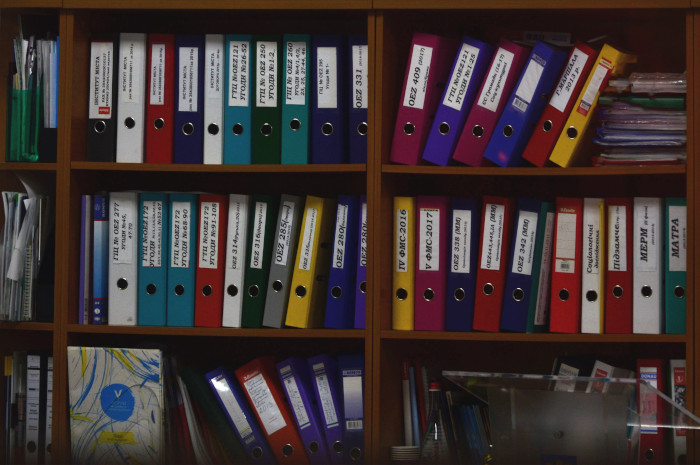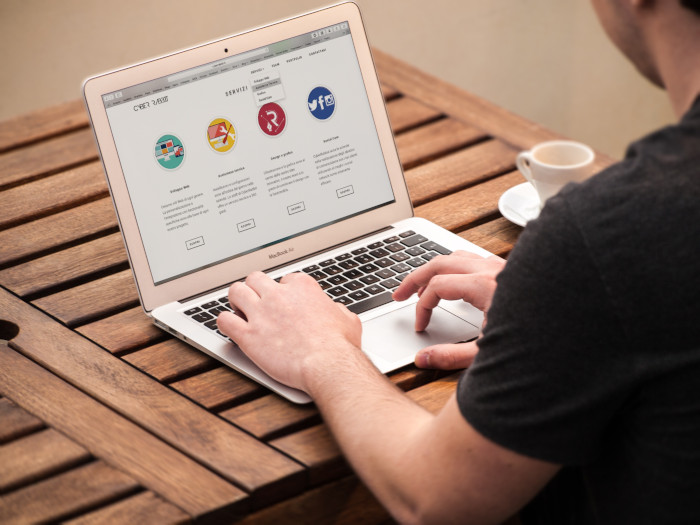Communication between home and school is important not just for teachers and parents but also for the student. Both parents and teachers can work together to provide a support system that helps children thrive and succeed in school.
Most educators are on the same page by recognizing that family participation in schooling can make a huge difference in a student who feels confident and enjoys learning. That’s especially true if they struggle with both the academic and social aspects of schooling.
When parents and teachers regularly share information about a child and what’s happening in the classroom, it supports the learning process from all sides, setting up students for success.
What open communication means to parents, teachers, and students
Parents are the first teachers in a child’s life, being there to guide them through those early milestones. Putting their children into the education system places parents at a disadvantage when they’re no longer the prime educator. They no longer become the main link to learning. This is when the parent-teacher relationship becomes crucial. Communicating with teachers lets parents stay involved so they can support what’s happening in the classroom.
But parents who are involved in their children’s education and regularly connect with teachers aren’t only there to make sure that homework gets done at the end of the day. They’re able to encourage their child and participate in the academic program with them, showing that they’re invested in their child’s education. This interest leads to children who perform better in school both academically and socially.
For teachers, being able to communicate with parents helps them better understand a child’s strengths and their own individual personality and learning style. The more information they have about a student, the more teachers can focus on teaching and being able to address and overcome challenges along the way that may be unique to each child.
It’s the student who benefits the most from communication between home and school, resulting in numerous positive advantages:
- Improved academic achievement.
- A more positive attitude toward learning.
- A feeling of empowerment and confidence.
- Enhanced relationships with parents, peers, and teachers.
- Regular class attendance.
Communication strategies for teachers
Building a relationship through effective and open communication is the core of a successful educational experience for children. Here are 10 strategies that parents and teachers can use to build relationships that benefit and support children through the learning process:

1. Initiate first contact
As soon as teachers know which students they have in their classroom for the year, they can initiate contact with the parents. This can be as simple as sending an introductory email or making a phone call. In any case, it gives both parents and teachers an early opportunity to introduce each other and open the lines of communication. Knowing they can talk to their child’s teacher right from the start gives a parent the peace of mind that they’re going to be involved in the learning process.

2. Consistent communication
In order to be effective, communication needs to be consistent and frequent. Parents want ongoing feedback from teachers about how their child is doing when it comes to both learning and their behavior and attitude. Consistent feedback is also beneficial for teachers, who can discuss both the successes of a student as well as any areas of concern. This consistent communication also shows students that their education is part of a greater whole and takes place both at school and at home.

3. Parent-teacher conferences
Don’t underestimate the usefulness of parent-teacher conferences. This is a great opportunity for parents and teachers to sit down face to face and openly discuss how and what a child is doing in school. It’s also a good time for parents to talk about anything that’s happening at home that could impact the behavior and learning of their child in the classroom.

4. Parent-teacher-student conferences
Similar to a parent-teacher conference, this variant includes the student in the meeting; it’s a great way to give them more responsibility for their own learning and education. Both parents and teachers can encourage students to talk openly about any questions or concerns they may have. During these conferences, many students respond well to any feedback or criticism their teacher has about their grades or behavior. They feel supported by both their parent and teacher, which can lead to better school performance.

5. Student work folders
Sending student work folders home each week allows teachers and parents to communicate on an ongoing basis. These folders are a valuable tool and can include information about not only grades and performance but also classroom behavior. Teachers can also share positive feedback with parents, providing encouragement for each individual student.
Parents can use these work folders as a way to review and stay involved in their child’s progress, helping to reinforce what’s happening in the classroom. As an organizational tool, folders clearly outline the expectations for everyone.

6. Classroom newsletters
The traditional newsletter is still a great way to communicate what’s happening at school. Newsletters are easy for teachers to prepare by using a template that can be either emailed or printed and sent home with each student. The newsletter can include information about classroom events, upcoming meetings, and what the class is currently learning. Consider including a “parent” section, where parents can provide their feedback to share with each other.

7. Social media
Most parents and teachers use technology to communicate in their daily lives. Using social media for communication makes it simple for everyone to stay on the same page. Set up one or multiple social media accounts for parents to follow. Much like a classroom newsletter, social media allows for effective and quick communication so both parents and teachers stay updated on what’s happening. Encouraging students to join in builds an even stronger channel of communication that can bridge the gap between what’s happening at school and at home. Social media platforms to use include Facebook, Twitter, and Instagram.

8. Class website
Most schools already have a website, but a dedicated classroom website allows for quick communication between teachers and parents. Easy to build and maintain, busy parents can visit these pages to know what’s happening in their child’s classroom. Teachers can provide a bit of information about themselves, building a connection with parents on a more personal level. Consider including the following information on your class webpage:
- Announcements about events both in and out of the classroom.
- Current assignments that students are working on.
- Upcoming curriculum so parents and students can prepare.
- Useful information and tips about homework, education, and learning.
- Featured student of the month and/or other awards.
- Frequently asked questions and answers.

9. Mobile phone and apps
There’s an app for everything, including parent-teacher communication. Specific apps give parents and teachers an easier and better means for frequent communication. Teachers can send reminders and messages to the entire class, to parents, or to specific individuals. Building a classroom community using one of these apps, such as Classcraft’s messaging feature, means that parents and teachers can stay in touch about what’s happening at school with tools they already use every day.

10. Home visits
Another good way to build a relationship and strong communication is through home visits. Done once or twice a year, these informal and relaxed visits give teachers a personal insight into a student’s home life and environment. Teachers can learn how the child is supported at home. They can also gain a better understanding of the family’s values and goals. All of this information enables parents, teachers, and students to work together in making education a success.
Final thoughts
Developing and improving communication between parents and teachers takes effort on all sides. Using these strategies, you can improve communication to build respect and trust throughout a child’s educational experience.
Photo credit: Rawpixels/pexels.com
Student Engagement


